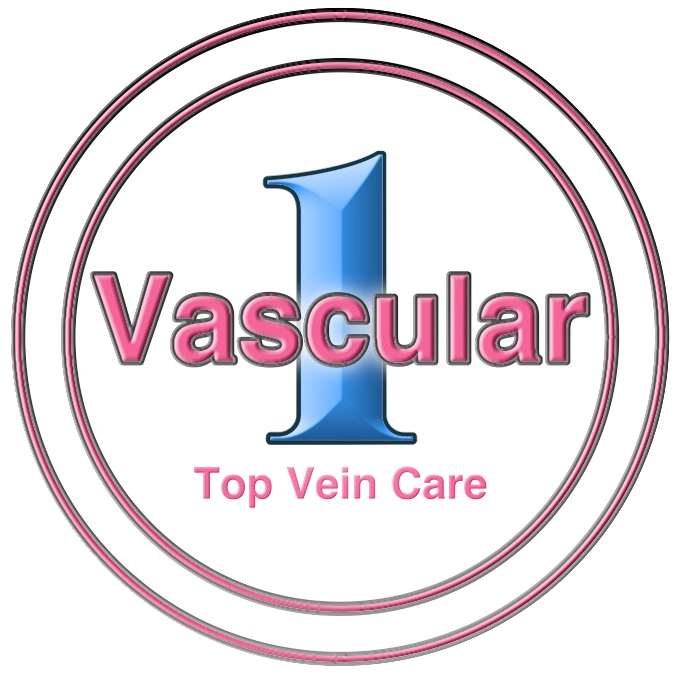Varicose veins, those unsightly, twisted veins often appearing on the legs, are more than just a cosmetic concern. They can significantly impact your quality of life, causing discomfort, pain, and even more serious health complications.
Understanding the Root Cause
Common Symptoms and Potential Complications
The symptoms of varicose veins can range from mild to severe. Some common signs include:
- Achy or heavy legs
- Swelling in the ankles and feet
- Itchy skin around the veins
- Skin discoloration or ulcers
If left untreated, varicose veins can lead to more serious complications, such as blood clots, skin infections, and bleeding.
Diagnosis and Treatment
Diagnosing varicose veins typically involves a physical examination and a Doppler ultrasound. This non-invasive test uses sound waves to assess blood flow in the veins.
Treatment options for varicose veins vary depending on the severity of the condition. Common approaches include:
- Lifestyle Changes: Maintaining a healthy weight, elevating your legs, and avoiding prolonged standing or sitting can help alleviate symptoms.
- Compression Stockings: These specialized garments can improve blood circulation and reduce swelling.
- Minimally Invasive Procedures: Procedures like sclerotherapy and Endovenous Laser Ablation, offer effective and minimally invasive treatments.
Prioritizing Vascular Health
By understanding the causes, symptoms, and treatment options for varicose veins, individuals can take proactive steps to manage this condition and improve their overall well-being. If you’re experiencing symptoms of varicose veins, it’s essential to consult with a healthcare professional to receive a proper diagnosis and discuss appropriate treatment plans.
Remember, prioritizing vascular health is crucial for a healthy and active lifestyle.










